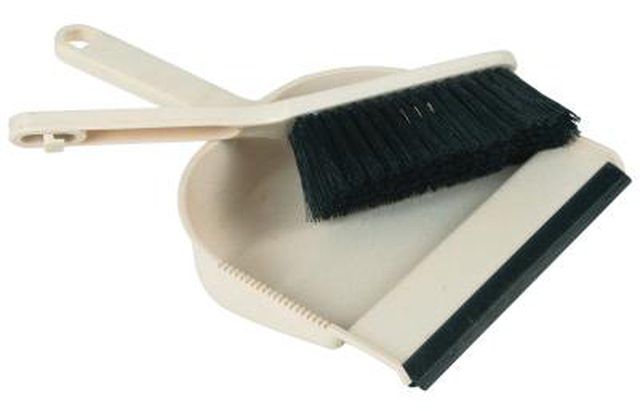Bulbs
Flower Basics
Flower Beds & Specialty Gardens
Flower Garden
Garden Furniture
Garden Gnomes
Garden Seeds
Garden Sheds
Garden Statues
Garden Tools & Supplies
Gardening Basics
Green & Organic
Groundcovers & Vines
Growing Annuals
Growing Basil
Growing Beans
Growing Berries
Growing Blueberries
Growing Cactus
Growing Corn
Growing Cotton
Growing Edibles
Growing Flowers
Growing Garlic
Growing Grapes
Growing Grass
Growing Herbs
Growing Jasmine
Growing Mint
Growing Mushrooms
Orchids
Growing Peanuts
Growing Perennials
Growing Plants
Growing Rosemary
Growing Roses
Growing Strawberries
Growing Sunflowers
Growing Thyme
Growing Tomatoes
Growing Tulips
Growing Vegetables
Herb Basics
Herb Garden
Indoor Growing
Landscaping Basics
Landscaping Patios
Landscaping Plants
Landscaping Shrubs
Landscaping Trees
Landscaping Walks & Pathways
Lawn Basics
Lawn Maintenance
Lawn Mowers
Lawn Ornaments
Lawn Planting
Lawn Tools
Outdoor Growing
Overall Landscape Planning
Pests, Weeds & Problems
Plant Basics
Rock Garden
Rose Garden
Shrubs
Soil
Specialty Gardens
Trees
Vegetable Garden
Yard Maintenance
How to Get Stink Bugs Out of My Room for Good
How to Get Stink Bugs Out of My Room for Good. The brown marmorated stink bug produces an incredibly offensive odor when scared. A native to Asia, the BMSB accidentally arrived in North America in 1996. Stink bugs enter homes during the autumn to find hibernation spots for the winter. Removing stink bugs from the home without the bugs emitting...

The brown marmorated stink bug produces an incredibly offensive odor when scared. A native to Asia, the BMSB accidentally arrived in North America in 1996. Stink bugs enter homes during the autumn to find hibernation spots for the winter. Removing stink bugs from the home without the bugs emitting their stench is labor intensive. The best way to keep stink bugs out of a room for good is to make sure they cannot get inside.
Things You'll Need
Household silicone or silicone-latex caulking
Weather stripping (if necessary)
Fine wire mesh
Dustpan and brush
Exterior pyrethroid spray
Fill in cracks where stink bugs can enter a room with household silicone or silicone-latex caulking. Check cracks around pipes, fascia, trim, siding and chimneys. Fill cracks with weather stripping around doors and window frames. Foundation vents that help ventilate the home need fine wire mesh placed over entrances to let air come and go but to keep stink bugs out.
Remove window air conditioners in early fall, before stink bugs begin searching for hibernation spots. Stink bugs can still enter rooms when an outside cover has been placed on a window air conditioner.
Remove living stink bugs found inside a room gently by lightly brushing the bug onto a dustpan. Dispose of the bug outside or flush immediately down a nearby toilet.
Spray the outside walls of a home with a pyrethroid insecticide such as cyfluthrin, tralomethrin, deltamethrin or lambda-cyhalothrin. Spray in the autumn once a week because pyrethrins break down quickly in sunlight.
Tips & Warnings
If stink bugs do successfully find hibernation spots in the home, they emerge about mid-April to early May. If possible, fill in cracks or crevices that bugs hibernated in so they will not reuse those spots in the autumn.
Remove dead stink bugs because insects such as carpet beetles are attracted to the carcasses.
Never vacuum up live stink bugs unless there is no other alternative; stink bugs will release their odor inside of the vacuum.
Never use spray pesticides inside of the home; this will not prevent stink bugs from entering a room and residue and odor from insecticide sprays may make people and pets ill.